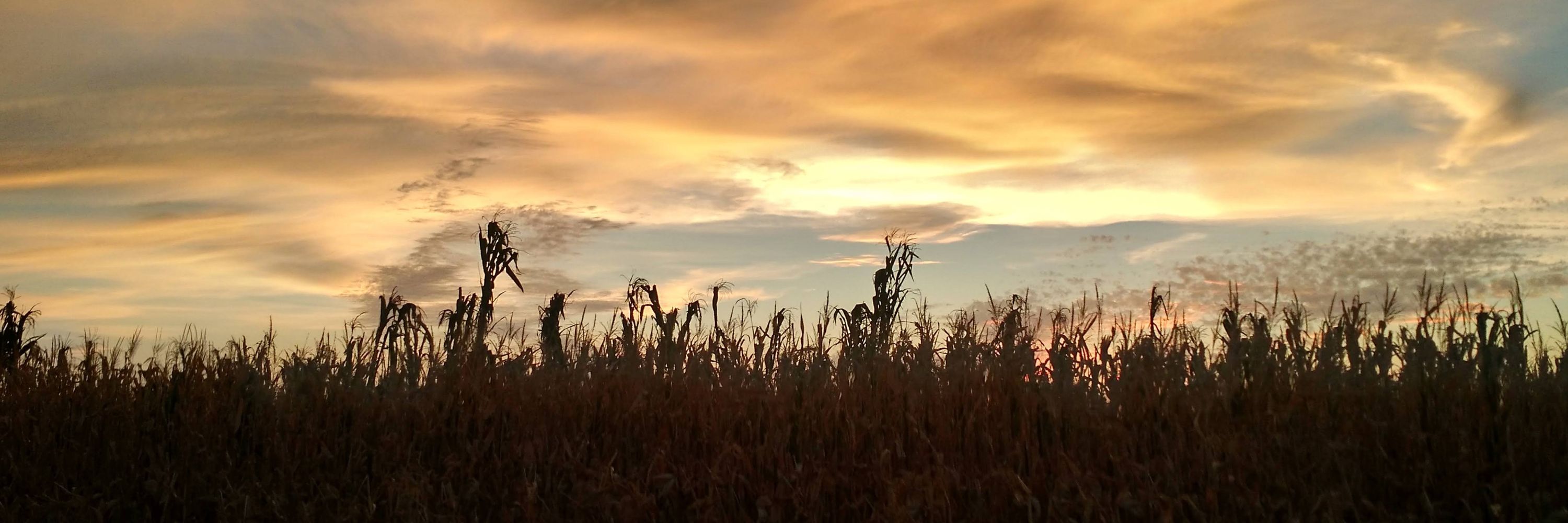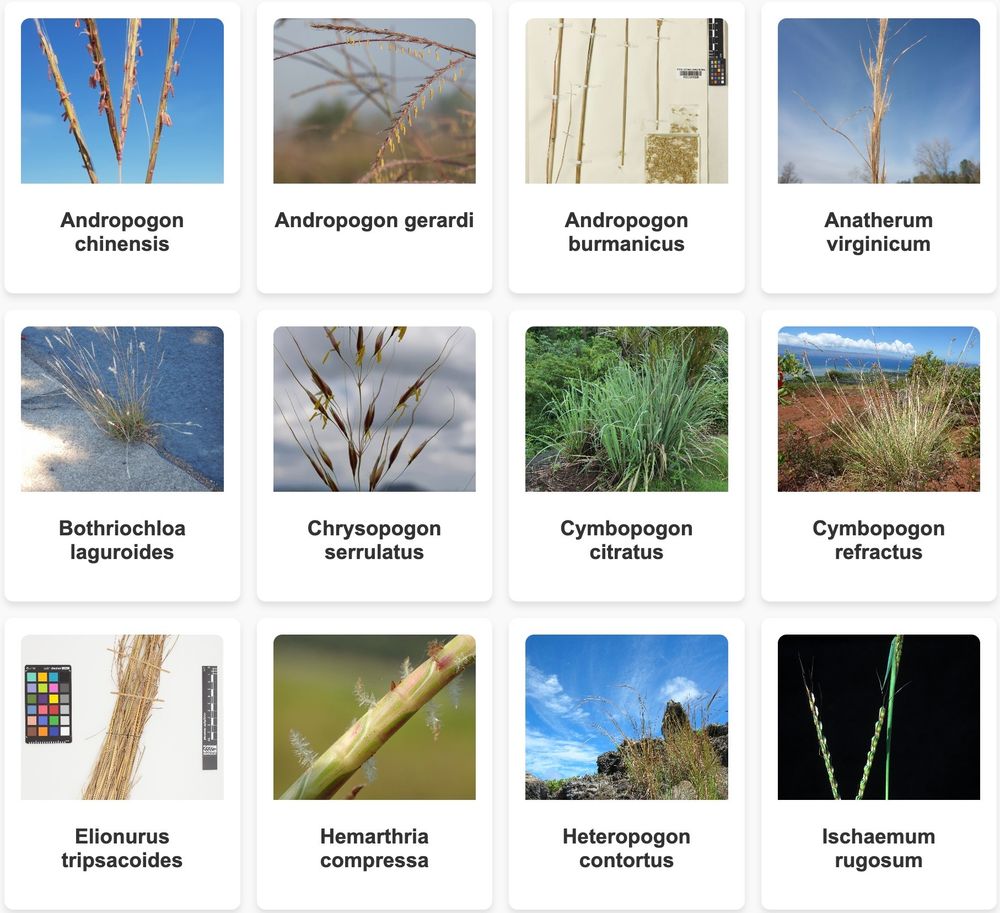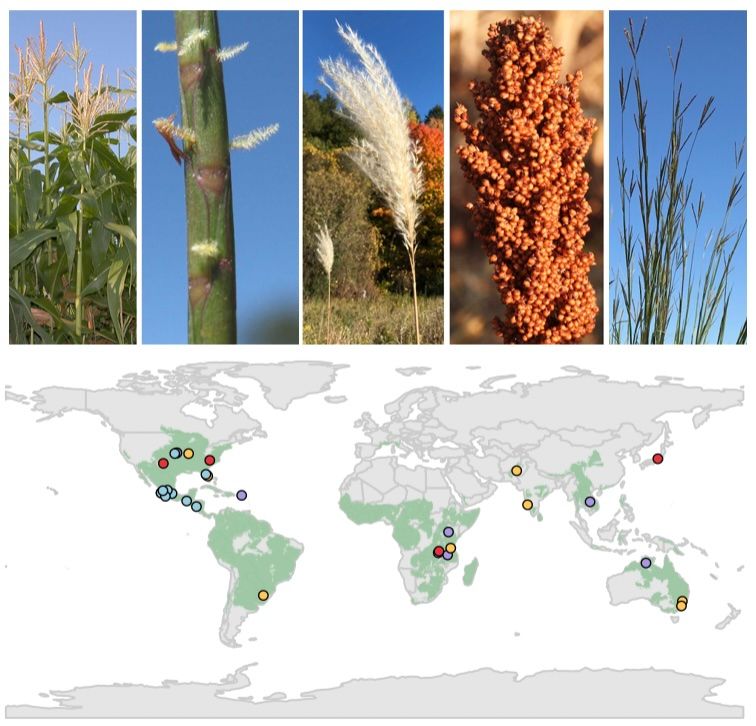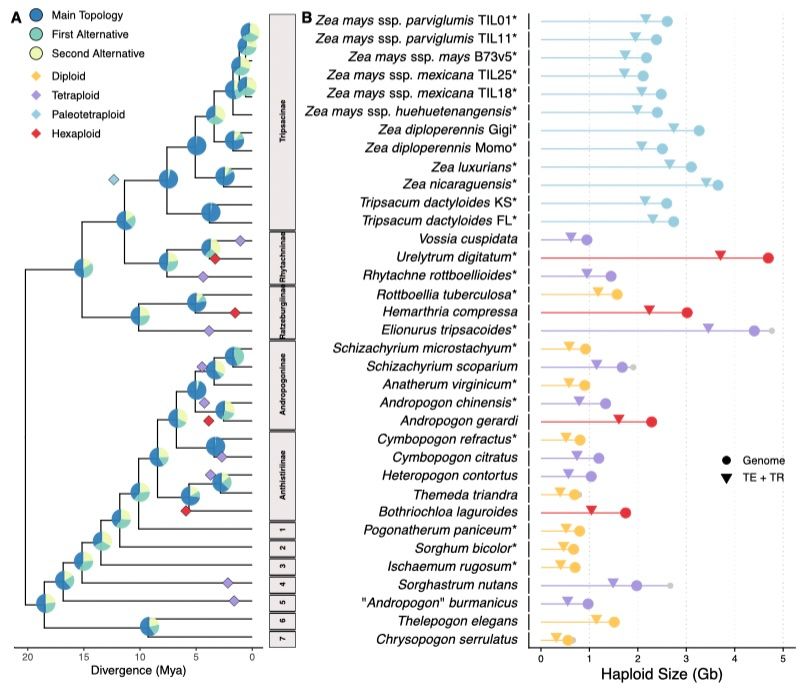Michelle Stitzer
@mcstitzer.bsky.social
63 followers
7 following
7 posts
postdoc at cornell | evolution of transposable elements in corn and other grasses
Posts
Media
Videos
Starter Packs
Michelle Stitzer
@mcstitzer.bsky.social
· Jan 31
Michelle Stitzer
@mcstitzer.bsky.social
· Jan 28
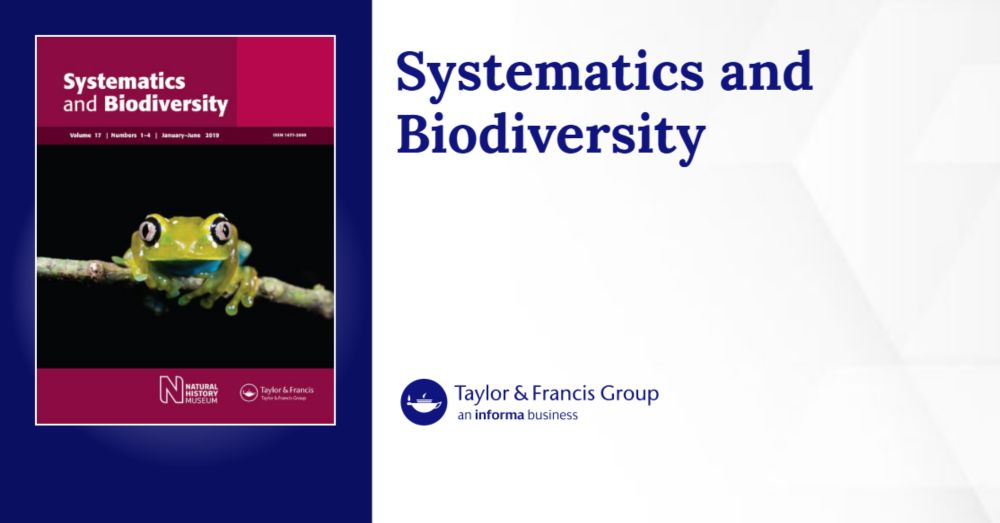
Reinstatement and expansion of the genus Anatherum (Andropogoneae, Panicoideae, Poaceae)
The genus Andropogon sensu lato is known to be polyphyletic. Accordingly, we here adjust part of the classification of the genus to reflect its evolutionary history and morphological diversity. A p...
www.tandfonline.com
Michelle Stitzer
@mcstitzer.bsky.social
· Jan 27
Michelle Stitzer
@mcstitzer.bsky.social
· Jan 27
Michelle Stitzer
@mcstitzer.bsky.social
· Jan 27
